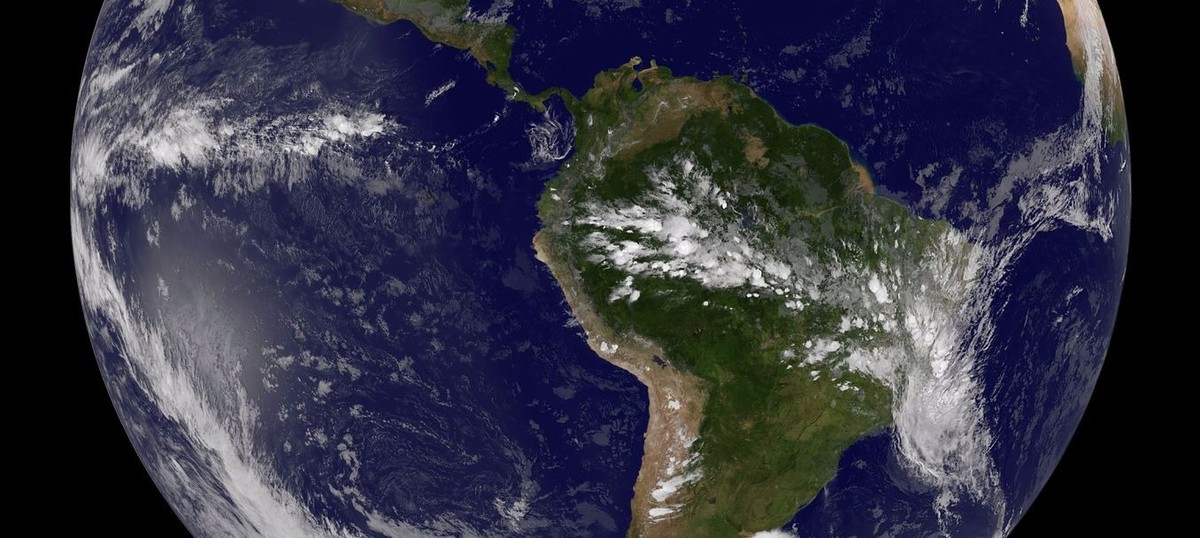
Dried lake beds, failed vegetation, flattened bushes: while we think about global warming we frequentlythink about the affects of droughts and severe weather. whilst there is reality on this picture, a as a substitute exclusive image is rising.
In a paper posted in Nature climate exchange, we display that the Earth has been getting greener over the last 30 years. As an awful lot as 1/2 of all vegetated land is greener these days, and remarkably, handiestfour% of land has come to be browner.
Our research suggests this transformation has been pushed by human activities, in particular thegrowing awareness of carbon dioxide (CO₂) inside the environment. this is perhaps the most powerfulevidence yet of how human beings have emerge as a first-rate pressure in the Earth’s functioning.
we are certainly in a new age, the Anthropocene.
How do you degree green?
flowers play a essential function in preserving Earth as a habitable area, now not least throughabsorbing CO₂. We desired to understand how people are affecting this potential.
To try this, we had to know how plenty plants are growing. We couldn’t probable degree all the flora in the world so we used satellites observations to degree light pondered and absorbed from the Earth’ssurface. This is a good indicator of leaf vicinity, and consequently how flora are growing.
We located steady developments in greening throughout Australia, significant Africa, the Amazon Basin, southeast u.s.a., and Europe. We found browning trends in northwest North the usa and significant Southamerica.
We then used fashions to parent out what become riding the trends in extraordinary regions.
A CO₂-richer world
flowers want CO₂ to grow thru photosynthesis. We observed that the largest component in driving the global greening fashion is the fertilisation impact of rising atmospheric CO₂ because of human activity(atmospheric attention grew by way of 46 components consistent with million at some point of thelength studied).
This effect is widely known and has been utilized in agricultural manufacturing for many years to reaplarge and faster yields in greenhouses.
in the tropics, the CO₂ fertilisation effect led to quicker growth in leaf location than in maximum othervegetation kinds, and made this effect the overwhelming driver of greening there.
A warmer international
weather change is also gambling a element in using the overall greening trend, even though now notas a good deal as CO₂ fertilisation.
but at a nearby scale, weather change, and particularly growing temperature, is a dominant factor in northern high latitudes and the Tibetan Plateau, riding increased photosynthesis and lengthening thegrowing season.
Greening of the Sahel and South Africa is mostly driven by means of extended rainfall, at the same time as Australia suggests steady greening throughout the north of the continent, with a few areas of browning in interior arid regions and the Southeast. The central part of South america additionally suggestsconsistent browning.
A nitrogen-richer international
We recognize that heavy use of chemical nitrogen fertilisers results in pollutants of waterways and excessnitrogen which ends up in declining plant growth. In fact, our evaluation attributes small browning trendsin North the usa and Europe to an extended–time period cumulative excess nitrogen in soils.
however, with the aid of and big, nitrogen is a driver of greening. For most plant life, in particular within the temperate and boreal regions of the Northern Hemisphere, there isn’t always enough nitrogen in soils.average, growing nitrogen in soils has a tremendous effect on greening, much like that of climate trade.
A greater intensively managed international
The very last set of drivers of the global greening trend pertains to changes in land cover and landmanagement. Land management consists of forestry, grazing, and the way cropland is becoming greaterintensively managed with multiple vegetation in keeping with year, growing use of fertilisers and irrigation.
All of this impacts the depth and time the land floor is inexperienced.
possibly tremendously, felled forests don’t show as getting browner, due to the fact they may becommonly replaced by pastures and vegetation, even though this transformation has profoundoutcomes on ecosystems.
The greening traits in southeast China and the southeastern u.s. are genuinely dominated by way of landcover and management modifications, each areas having intensive cropping regions and alsoreforestation.
even though this control effect has the smallest impact on the greening trend provided in this observe, the fashions we used are not suitable sufficient to assess the have an impact on of humanmanagement globally.
The reality that people are making components of the world greener and browner, and the world greenerordinary, constitutes a number of the most compelling proof of human domination of planet Earth. And it may be suitable news: a greening world is related to extra wonderful outcomes for society than a browning one.
for example, a greener global is consistent with, even though it does no longer completely explain, thefact that land plants were disposing of more CO₂ from the atmosphere, consequently slowing down thepace of worldwide warming.
but don’t get your hopes up. We don’t know how a long way into the future the greening fashion willcontinue because the CO₂ attention in the long run peaks while delayed global warming keeps for many years after. Regardless, it’s far clear that the benefits of a greening Earth fall nicely brief comparedto the estimated bad impacts of extreme weather events (such as droughts, warmth waves, and floods), sea degree rise, and ocean acidification.
human beings have shown their potential to (inadvertently) have an effect on the word’s completebiosphere, it’s far now time to (advertently) use this information to mitigate climate trade and ameliorate itsinfluences.
Pep Canadell, CSIRO Scientist, and government Director of the worldwide Carbon project, CSIRO and Yingping Wang, chief studies scientist, CSIRO
